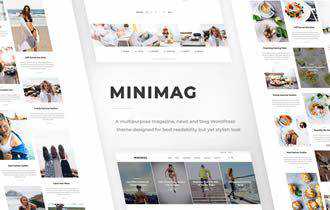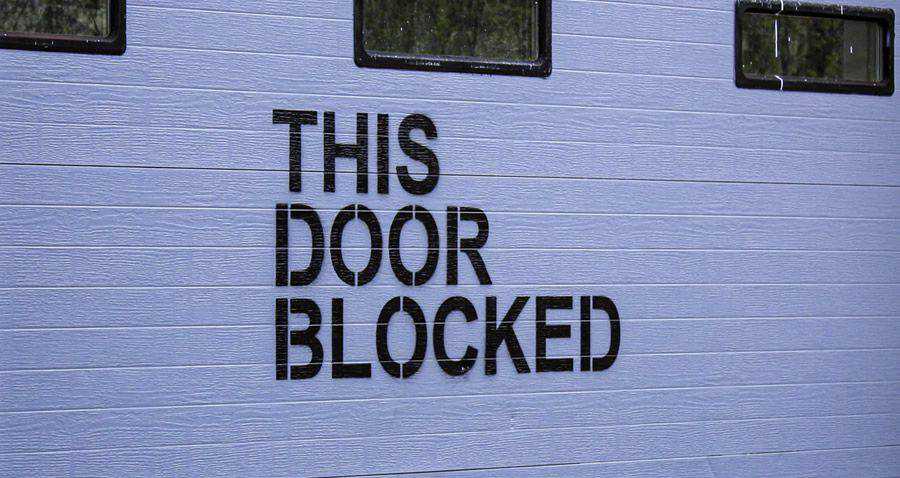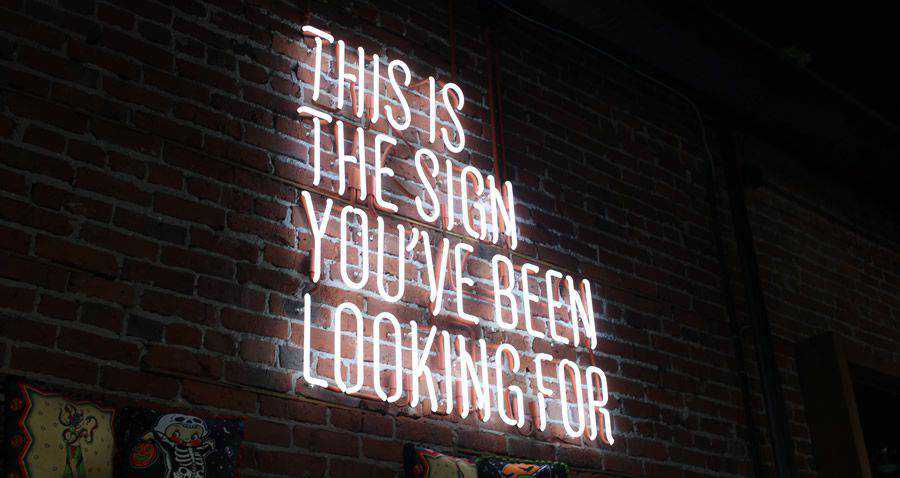Finding a Niche as a Designer Isn’t Just an Overused Cliché
Here’s a scenario for you. Post-COVID, you’re out with your friends, and you’re getting hungry. The members of your group start suggesting places where you can go and grab some dinner. There are a lot of eclectic suggestions being thrown about – Chinese, Mexican, Thai, Greek – and none of you is sure what you’re going to choose. Here’s one thing you probably won’t do, however: go to an “all-purpose” restaurant which serves all of the above types of food, plus about 10 more.
Does that kind of restaurant even exist? Probably not, and that’s exactly my topic for today’s article. When you have too broad a reach with your design work, providing service to a range of clients who have little to nothing in common, you not only dilute the quality of service you’re able to provide each one individually, you also shortchange your own credibility and hamper the progress of your freelancing career.
Carving out a niche for yourself as a designer isn’t just an overused cliché; it’s an extremely valuable tool which will help you strengthen your personal brand and attract highly targeted, highly desirable clients.






First Rule of Design Club
So, what’s the first rule of niching down your client base? Figure out exactly which kind of clients you want to work with. You might think it doesn’t matter – money is money, right? Wrong.
The truth is, there are always going to be assignments which you find very enjoyable and which you excel at, and those which you loathe and couldn’t be finished with fast enough. You’re not doing yourself or your clients any favors by forcing yourself to produce work which causes you to die a little on the inside with each click of the mouse or stroke of the tablet.
And believe it or not, once you begin narrowing down your client outreach and increasing the value you provide to your specific corner of the market, you’ll find you’ll still have plenty of prospects who will be thrilled to hire you. Why? Because you’re no longer just a generic designer – you’re a designer who caters specifically to their needs.
People find much greater value in a service that seems tailor-made for them, versus someone who will take money from anyone and everyone. Remember, freelancing is like an exclusive club – the more you restrict entry, the more enticing it becomes to those who actually do qualify, and the more you can charge as a result.

Staying on Brand
After you’ve determined which clients would be best suited to your services, it’s time to start building a consistent brand. There have been entire books written on branding itself, but I’ll say simply that it’s extremely important that your brand have consistency and that your work always be a reflection of your brand. If you cater to two completely different markets with your work, it might be helpful to simply separate them in different corners of the web to avoid confusion.
Also remember that your brand is not you specifically (if it is, you might want to consider a career in reality television). No potential client wants to hear about your dog-washing escapades or that crazy house party you attended when they’re reading your professional design blog. Keeping your personal and professional life mostly separate will ensure that your clients will only have positive things to say about you as a businessperson.
The Market Within the Market
It’s not only your clients who will benefit from your services as a designer – it’s also, and even more so, the markets they serve with their businesses. That lawyer client you’re designing for has clients of there own; that shop owner has an entire community full of regular and new customers.
It’s important for you, as a designer, to get to know those user markets – conduct research to find out what they’re buying and why. If you’re a designer who mainly services clients in the independent medical practice field, get to know some of the patients who will be accessing those websites, reading those brochures, or taking those business cards you design.
Knowing your niche market’s market will greatly improve your accuracy when you set out to design for them. If you haven’t taken the time to talk to these people and collect data on their consumer habits, even your most educated guesses will be filled with inaccuracies, and your clients will lose business if they’re too far off the mark. Which, of course, probably means that you’ll lose business as well.

Hard Numbers
You might think that narrowing down your client base too much will cause too many people to dislike your work or discount the services you provide, since they’ll not be seeing anything which caters to them. And you’d be right – you can’t appeal to everyone, and you shouldn’t even be trying. But is it a bad thing that you can’t appeal to everyone?
Consider last year as a freelancer for a moment. (If you’re new to freelancing, just pretend you’ve had a successful year of working with clients.) How many clients did you have on your ‘would like to work with’ list? 50? 100? Even more? How many did you actually work with? Probably a lot less. Did you go bankrupt? The truth is, we always want to take on more clients than we are physically able to, which is harmless until we actually start attempting to do it.
In order to successfully focus on a niche, it’s important to think about the number of clients you actually need in order to have a financially successful year. If that number is 10, then it’s 10. If it’s 15, or 20, or 30, well, that’s all it is.
If you don’t need 100 potential clients to be successful (and you don’t if you’re conducting business properly), it’s pointless to try to appeal to 100 different kinds of people. 100 people will have 100 different opinions on what a good designer should provide; 10 people only have 10 different opinions. Which do you think is easier to cater to?

When you figure out how to provide the exact kind of value your clients need, as well as the value their end users are looking for, you have the ability to drive the strength of their customer outreach.
Your intimate, insider knowledge will allow you to zoom in on the likes and dislikes of your clients and their users – what they’re looking for, what they most want to avoid. You can literally create the world in which they do business. That’s the power of niching it down.